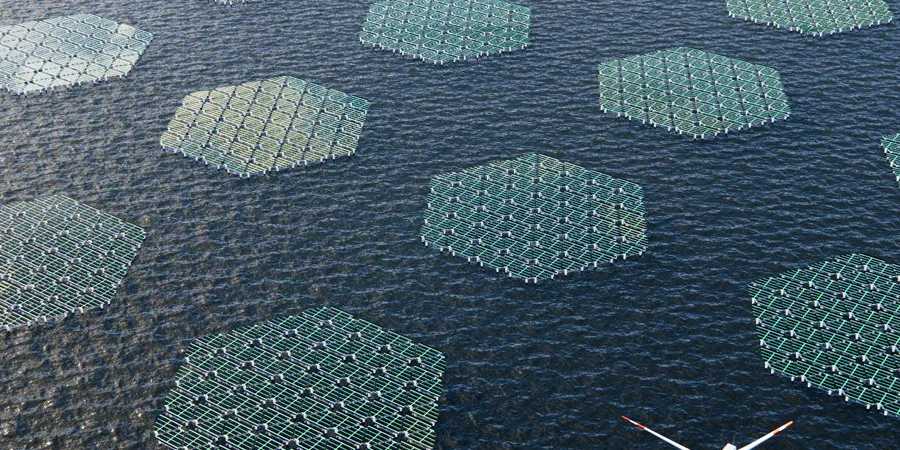Global floating solar footprint set to grow 'four-fold' over next five years led by Asia
Market for offshore PV plants forecast to swell from 1.6GW last year to around 6GW by 2027, says US research firm Global Industry Analysts

Market for offshore PV plants forecast to swell from 1.6GW last year to around 6GW by 2027, says US research firm Global Industry Analysts
